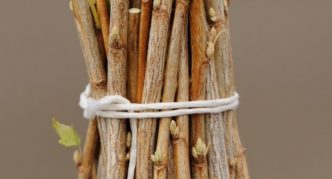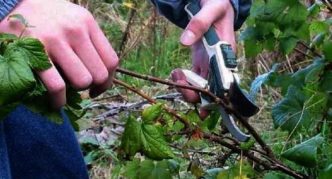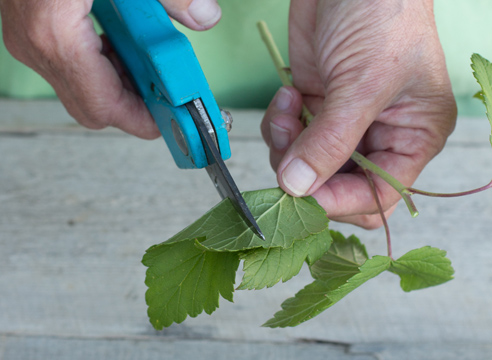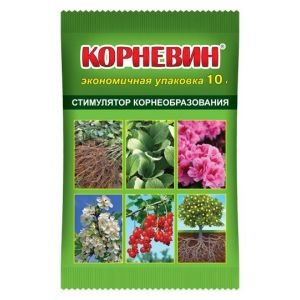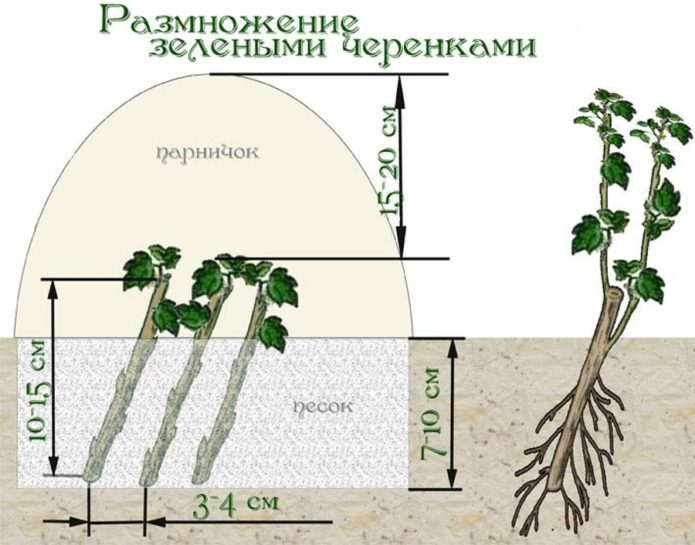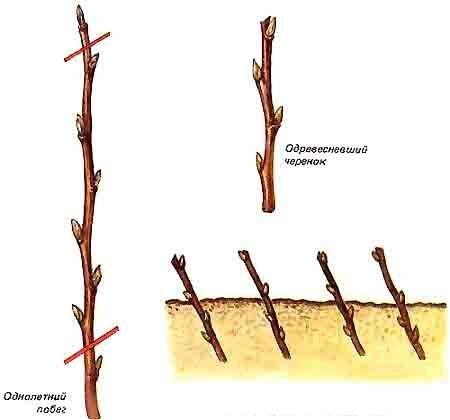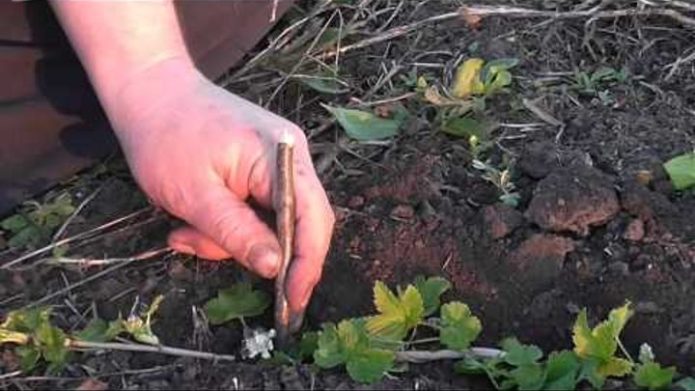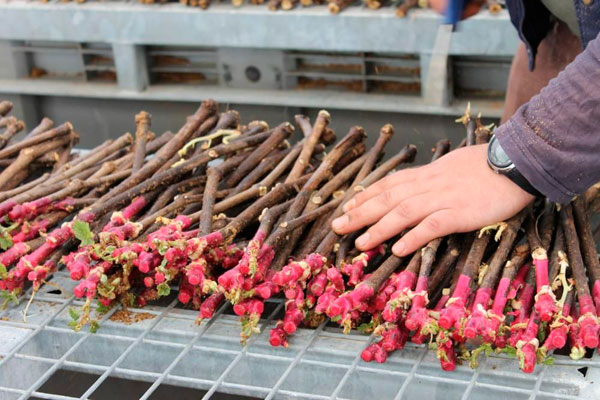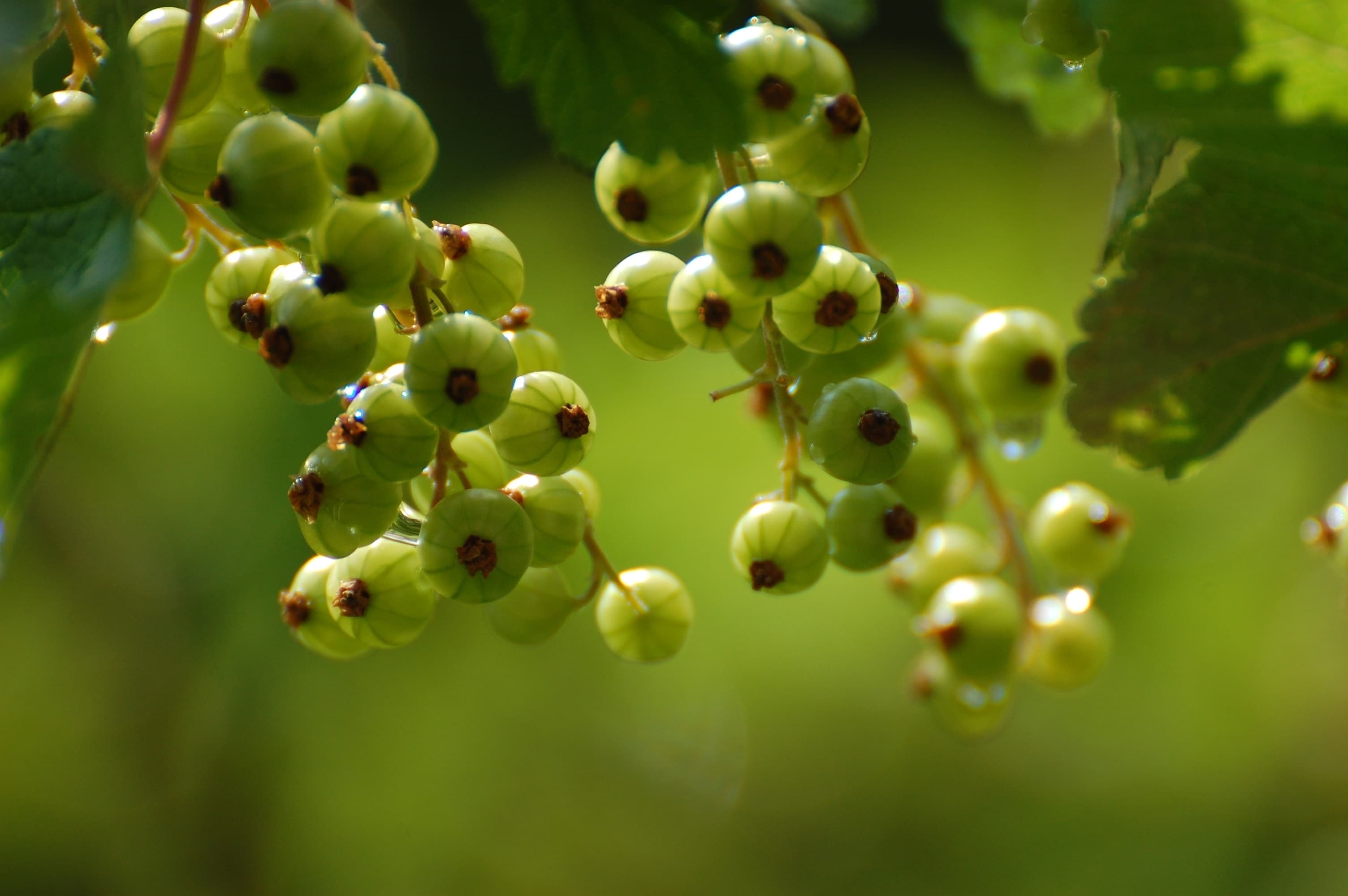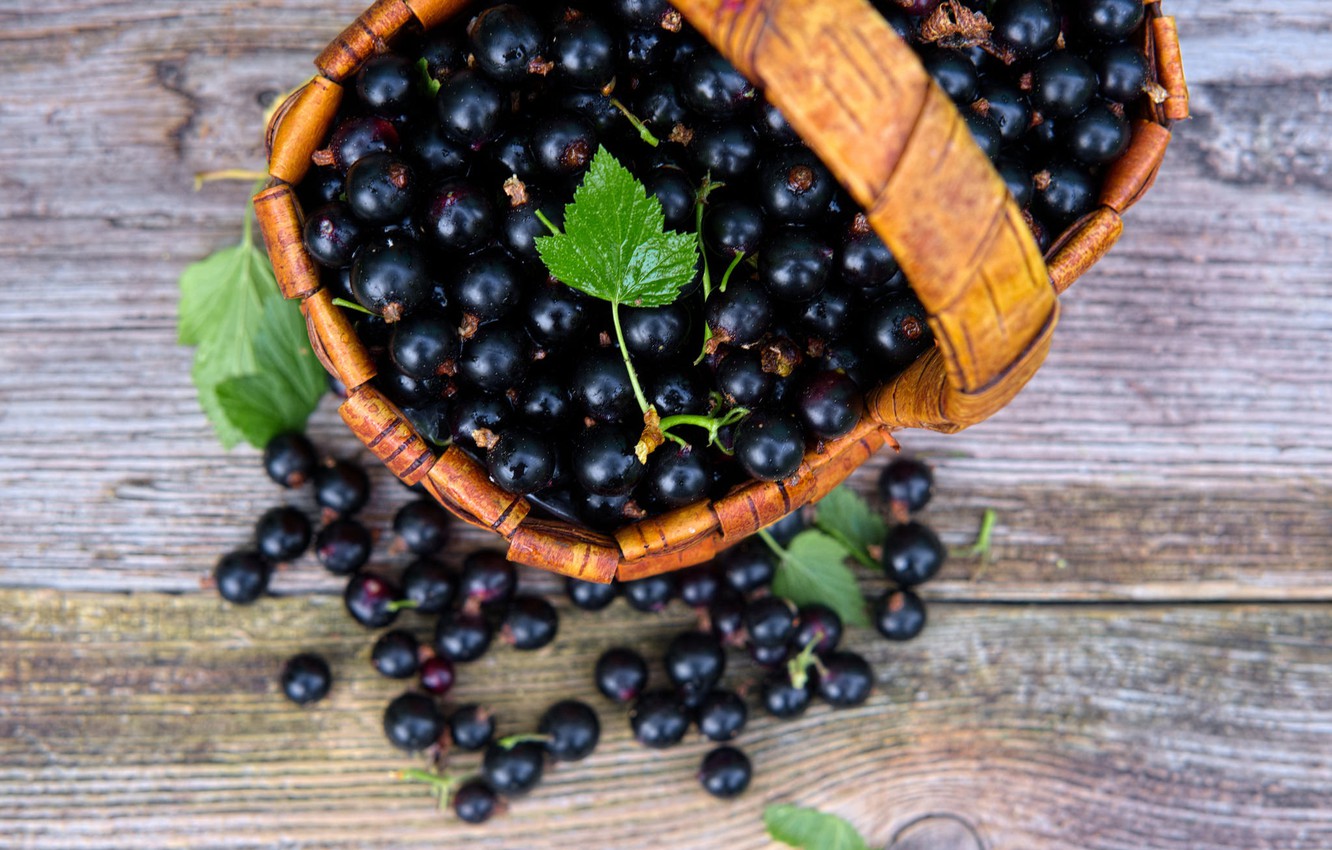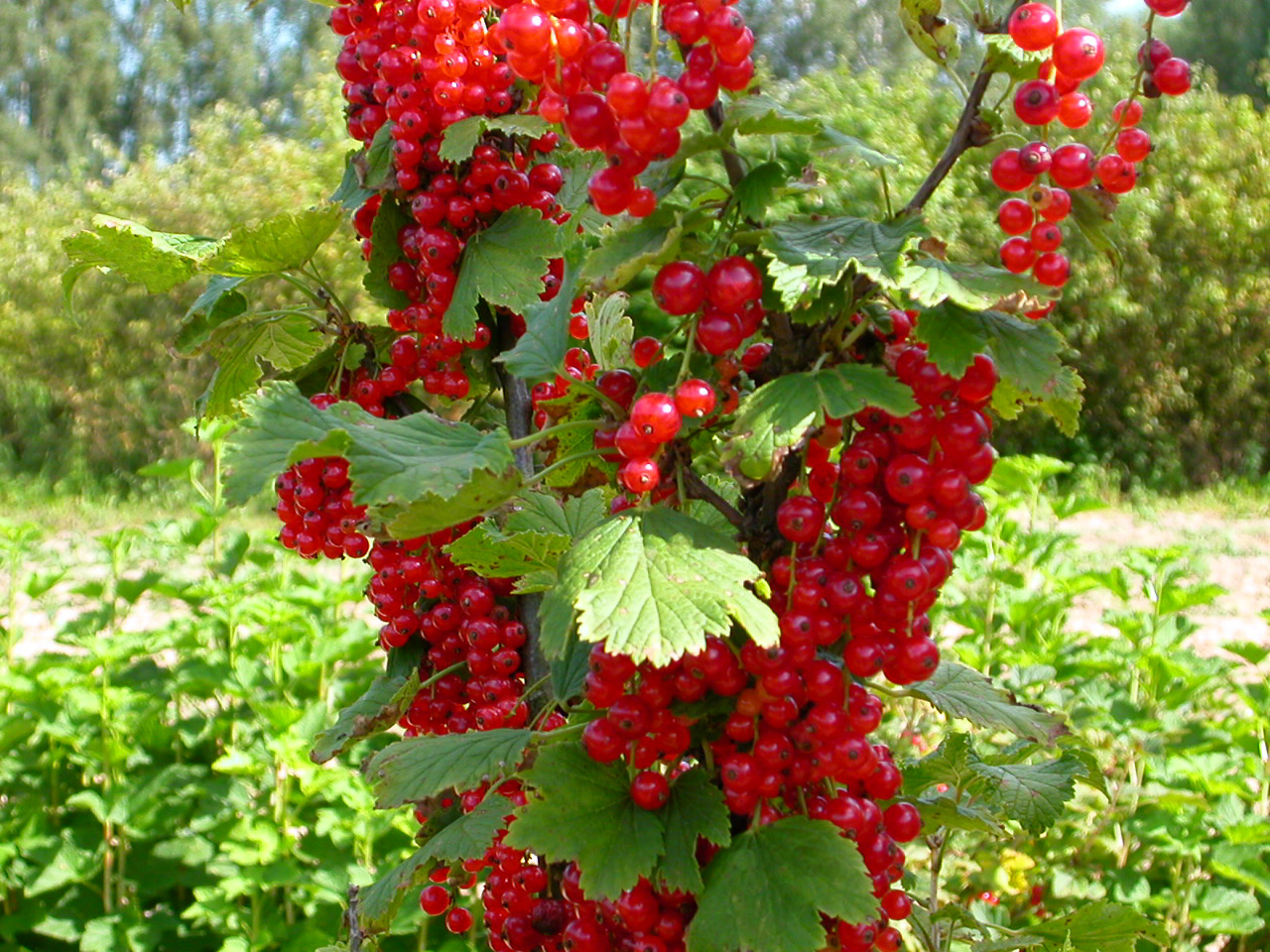There are many varieties of fragrant juicy currants. In the horticultural market, you can buy any seedlings of this unpretentious shrub. However, many gardeners try to propagate currants on their own. It is less expensive financially. In addition, it allows you to get a fairly large number of seedlings of your favorite variety. And you can not be afraid to be deceived by careless sellers. One of the most common breeding methods is cuttings.
Content
Reproduction technology by cuttings
Currant cuttings, and other shrubs, are propagated to preserve their favorite variety. But the advantages of this breeding method include the fact that the currants will begin to bear fruit as early as next year. The culture is unpretentious in care and cultivation. Cuttings root easily when properly planted and promise bountiful harvests of vitamin C-rich berries in the future. Let's get acquainted in more detail with currant cuttings.
What are currant cuttings?
Cuttings are the various parts of plants that can later be rooted. These can be leaves, parts of a root or twigs. In currants, we must pay attention to the shoots at the age of one year. They have finished growing and can be used to produce cuttings. In this way, currants can be propagated from early spring to late autumn. It is noteworthy that the cuttings of black, red and golden currants are the same.
Differences and features of planting black, red and golden currants:https://flowers.bigbadmole.com/en/yagody/smorodina/posadka-smorodinyi-vesnoy.html
Experienced gardeners propagate currants with green and lignified cuttings, depending on the season. Green cuttings are used in summer. In spring and autumn - lignified. For a person who first started gardening, this process may seem impracticable. But ... grafting requires work, perseverance and accuracy, then the expectation will end only with a positive result. And we will try to tell you about currant cuttings in as much detail as possible.
What currant cuttings look like
- Green currant cuttings are used for reproduction in the summer.
- Cuttings are cut from lignified annual shoots for propagation
- Cut currant cuttings with a sharp secateurs
Rooting cuttings at home
To get good hardy seedlings in the future, cuttings need to be rooted. At home, for rooting, we need a large container with fertile soil. Having prepared it, we proceed to rooting:
- Cuttings in which the distance from the tip to the lower kidney is more than 1 cm is cut.
- We cut off almost all the leaves from the cutting.
- We stick the cutting into the ground at an angle of 45 degrees.
- Sprinkle the cuttings with a mixture of peat and sand in a 1: 1 ratio.
- Watering. After a couple of weeks, the cuttings will take root.
Video: rooting cuttings in the ground
Rooting cuttings in jars in winter
For propagation of cuttings in winter, we must choose the right time for cutting them. Cuttings can be cut from the beginning of December. We cut them off at the very ground. The length of the cutting should be 20 cm. Then we put the cuttings in jars of water. The water needs to be slightly sweetened with sugar or honey. We put the cans on the windowsill. Under the containers, you can put foam plastic, which retains heat for a long time. The first roots will appear in 24-30 days. When the roots are 4–5 cm long, the cuttings can be planted in flower pots. You can take both ceramics and peat pots.
Video: rooting cuttings in jars of water
How to choose the exact variety that will delight you and your loved ones with a tasty and healthy berry for many years:https://flowers.bigbadmole.com/en/yagody/smorodina/smorodina-lentyay-opisanie-sorta-foto.html
Reproduction of currants by green cuttings
This is great for the summer. We examine the bushes of our currants and take note of young green shoots. It is they who are suitable for harvesting cuttings. When choosing branches, we must pay attention to their flexibility: the shoots should bend, but not break. In the process we need:
- Pruner or very sharp knife.
- Gardening gloves.
- Growth stimulant. In horticultural centers, you can buy: beta-indoleacetic acid, Heteroauxin, Kornevin, Zircon and others.
- Plastic bottle with a volume of 0.5 liters.
Having prepared the necessary tools, we proceed to actions:
- It is important to choose the right time for cutting the cuttings. In hot weather, we collect planting material early in the morning. In the rain, on a cloudy day, we harvest cuttings at any convenient time.
- The stalk should be 12-15 cm long. The stalk must have 3-4 leaves. From above we make a cut 1 cm above the kidney, from below we cut off the stalk 1 cm below the last kidney.
- Cut the leaf plate in half.
- Pour a growth stimulator into the bottle. We put cuttings in it for a day.
- Prepare the soil in advance. We mix soil with compost and peat in a 1: 1: 1 ratio.
- Then we plant the cuttings under a greenhouse film or in a greenhouse. We deepen it into the ground by 10-12 cm. The distance between the cuttings should be 3-4 cm.
- Water abundantly.
- When planting currants in autumn in open ground, cover the cuttings with jars or cut in half with plastic bottles.
- Having landed in the greenhouse, we spray the cuttings 3-4 times a day.
- Cover the cuttings from direct sunlight to avoid burns.
In order for the cuttings to take root quickly, they need high humidity. For this, we create a greenhouse effect thanks to the jars. Also, do not forget about daily watering. After 14–20 days, the cuttings take root. After that we reduce the number of waterings. We open the currants a month after planting in the ground.
Propagation by lignified cuttings
Thus, all types of currants are propagated in spring and autumn. To do this, we choose annual shoots, basal. We need the same tools as for the green cuttings.
- Choosing flexible lignified shoots.
- Cut the stalk at a 45 degree angle at the root.
- The distance between the cut and the lower bud should be 1 cm. From one shoot, we can get several cuttings as thick as a pencil.
- We stick the cuttings into the ground at an angle of 45 degrees. One bud should remain on the surface of the earth. The distance between the cuttings should be at least 20 cm.
- The first 2 weeks we regularly water the currants.
Lignified cuttings can be planted in open ground, as well as in greenhouses and hotbeds.When planting in an open place, we choose a section of the garden without drafts.
Video: planting lignified cuttings
Currant cultivation technology, peculiarities of planting and caring for shrubs in different regions:https://flowers.bigbadmole.com/en/yagody/smorodina/uhod-za-smorodinoy-vesnoy-borba-s-vreditelyami.html
Storage of harvested cuttings
Quite often, gardeners harvest cuttings from late autumn or winter. Autumn cuttings are not recommended to be planted in open ground before the onset of cold weather. Therefore, gardeners are trying to preserve the cuttings or, having germinated them in the substrate, plant them at home: on a windowsill or balcony. So, there are two ways to store cuttings:
- In paraffin. Wax can also be used instead of paraffin. Take the chopped cuttings and put them in warm (not hot) molten paraffin wax. We wrap in plastic wrap or plastic bags. We put it in a cellar or basement. It is important to check the cuttings from time to time for mold or rot. We throw away the damaged cuttings, and for the rest we select a drier place. However, so that the cuttings are not exposed to mold, it is enough sometimes to ventilate the room.
- In the substrate. To do this, we select flower pots, cups or plastic bottles (cut from the top) with a volume of at least 500 ml. We put a drainage layer on the bottom, for example, expanded clay. We fill in the universal flower soil, mixed with peat and fine sand in equal proportions. We deepen the currant cuttings into two buds. Lightly compact the soil. Watering. To ensure the required level of humidity, we spray the cuttings 3-4 times a day.
Room temperature is ideal for rooting cuttings. But thanks to the constant temperature regime, the plants feel great and take root easily. but currants can bloom in such conditions. Experts recommend removing inflorescences before transplanting plants into open ground.
Features of the reproduction of different types of currants
Various types of currants are propagated by cuttings: black, red, white. But this does not mean that propagation by cuttings is ideal for each variety.
- Black currant. Quite capricious and whimsical to the ground, as well as to the choice of breeding method. Gardeners bred it with cuttings, but everyone agrees that the ideal way for black currant is propagation by layering. When propagating by cuttings, you should take care of the choice of lignified shoots. With green cuttings, you will have to suffer pretty much with rooting. Reproduction by cuttings is carried out in the fall, starting at the end of August.
- White and red currants. Propagate well by cuttings. Green and woody. Gardeners prefer to cut and plant cuttings of these varieties in the spring and summer.
- Golden currant. Unpretentious. Not afraid of drought and frost. It is propagated by cuttings throughout the year. But the best way for this species is reproduction by root shoots.
As you can see, propagation by cuttings is suitable for any type of currant: white and black, red and golden. Reproduction is carried out by cuttings at different times of the year, based on the characteristics of varieties and species. But experienced gardeners are able to cut shrubs at any time of the year. Of course, this requires a lot of experience and practiced skills.

